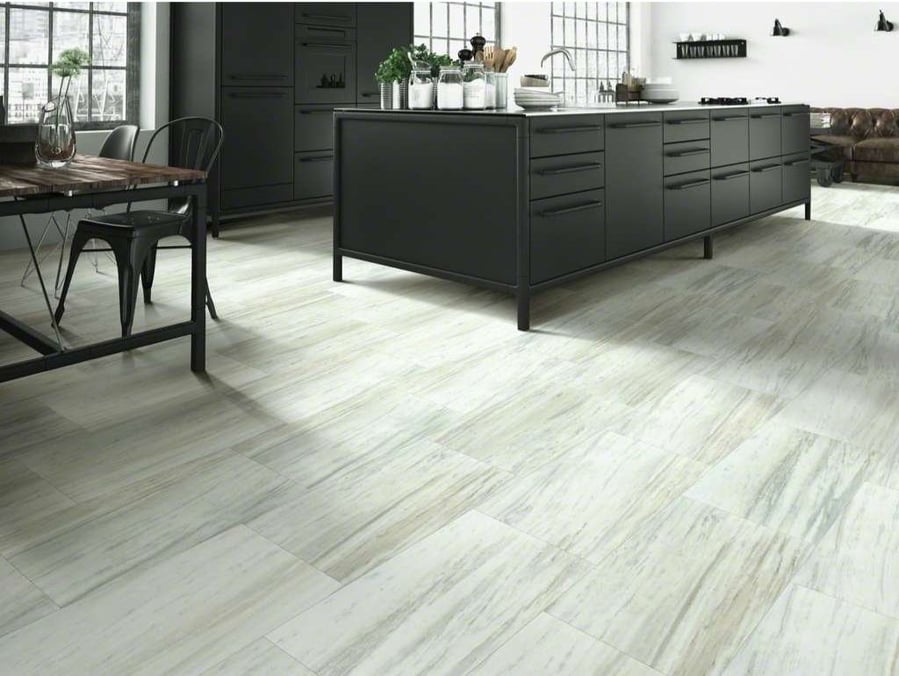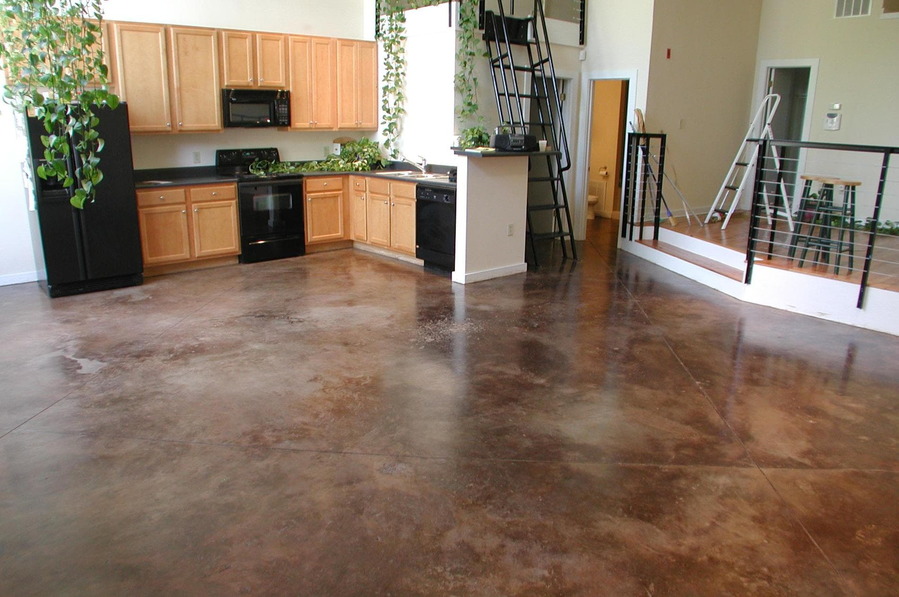Essential Interior Design Takeaways from the Coronavirus Crisis
We all know about the importance of face masks, social distancing, and germ control in the midst of the current coronavirus crisis — but if we don’t do more to permanently change our cleanliness habits alongside all that, there could easily be several other catastrophes much worse than this one in the future.
An especially topical study was recently conducted by a group of scientists from the National Institute of Health, the CDC, UCLA, and Princeton University. They concentrated on the interaction between COVID-19 and a number of different materials.
Primarily, they determined that the virus remained viable in aerosol form for the entire length of each experiment, or three hours. they also found that the virus appears to survive longest on smooth surfaces like plastics (72 hours) and stainless steel (48 hours), and an even shorter time on paper, cardboard, and clothing (24 hours).
The biggest revelation came from copper, on which the virus disappeared after just four hours.
Brass and Copper Revival

According to Mark Wilson of Fast Company, copper’s antimicrobial properties have been known for a long time. He explains that “when influenzas, bacteria like E. coli, super bugs like MRSA, or even coronaviruses land on most hard surfaces, they can live for up to four to five days. But when they land on copper, and copper alloys like brass, they die within minutes.” Bill Keevil, Professor of Environmental Healthcare at the University of Southampton, adds that “we’ve seen viruses just blow apart. They land on copper and it just degrades them.”
Back in 2015, researchers working on a Department of Defense grant evaluated infection rates at three hospitals. They discovered that when copper alloys were used in three hospitals, it decreased infection rates by 58 percent. A year later, a comparable study was conducted inside a pediatric intensive care unit that revealed a similar drop.
Flooring Materials
Carpets and rugs obviously increase your home’s chances for germ retention, but some solid floors and materials also present problems.
Vinyl and Linoleum
Vinyl flooring, which is now rebranded as LVT for Luxury Vinyl Tile, is making a comeback, and does a pretty good job of quickly dealing with invading microbes. Linoleum is another good choice here, which is why so many hospitals choose it for its easy cleaning and natural bacteria-killing assets.

Forbo, the maker of Marmoleum, the most popular brand of linoleum, conducted a number of studies and found that their flooring repressed the growth of MRSA and other pathogens, and that it all but completely eradicated the norovirus. Further tests have proven that Marmoleum not only inhibited the growth of MRSA, but that the superbug actually lost feasibility in its presence, i.e. it began to die.
Cork
Cork is also completely natural and also antibacterial. Again, what works with bacteria doesn’t necessarily mean that it works with coronaviruses, but it’s still worth noting that a recent study revealed that the material displayed high antibacterial activity against Staphylococcus aureus.
Concrete and Tile

Easy to clean and maintain, painted concrete and tile don’t catch a lot of bacteria, except for the grout in the tile.
Terrazzo

This lovely concoction of attractive stones put in cement and ground smooth was once commonplace in hospitals. It lasts into infinity, is fairly easy to clean, and simple to run up walls for artistic appeal. Try it in your next outdoor makeover.
Wood Flooring
There are many advantages to old-fashioned wood floors, especially when they are made from sustainably harvested real wood found close to home. Unfortunately, they’re just not a good choice in terms of preventing the spread of the current pandemic.




